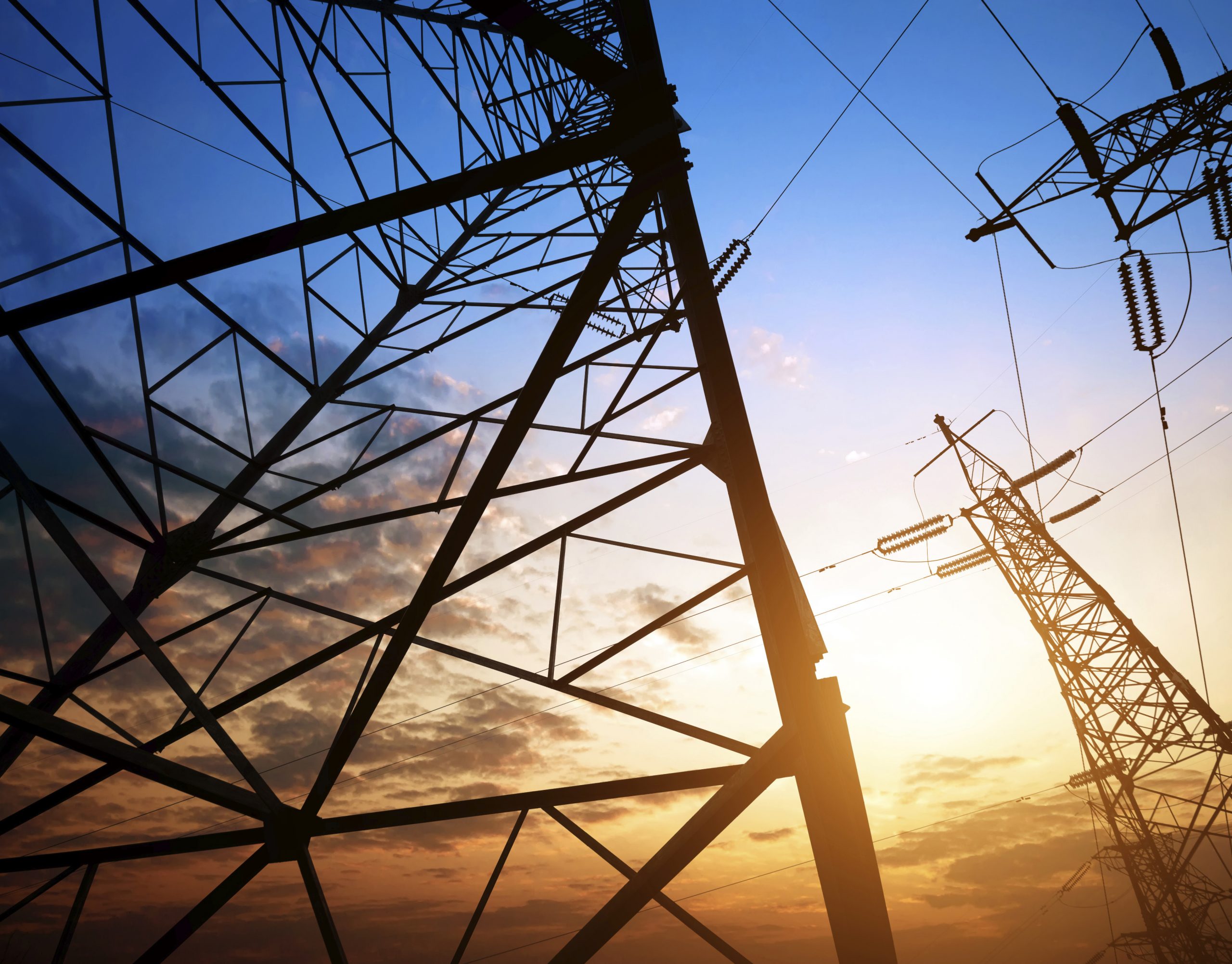
Delivering a Power Grid for the 21st Century
In November 2014, the DOE launched a cross-cut initiative in Grid Modernization. This included the launch of the Grid Modernization Laboratory Consortium to engage the national labs working on DOE grid programs to frame a new integrated approach for planning and delivering innovations and thought leadership in support of grid modernization. This crosscutting approach ensures that DOE research and development investments and capabilities are fully coordinated.
Comprised of 65 leading scientists and engineers from across the DOE national labs, the technical teams are aligned with six technical thrusts:
- sensing and measurements
- devices and integrated systems
- system operations, power flow, and control
- design and planning tools
- security and resilience
- institutional support
Sandia’s Role in the Grid Modernization Laboratory Consortium
Sandia Led Projects
Sandia is supporting a total of 31 projects across the nation—including projects in New Mexico, Kentucky, Alaska, Louisiana, Vermont, Virginia, and Hawaii—and is leading the efforts of seven GMLC projects in core activities, pioneer regional partnerships, solar energy technologies, and energy storage:
Regional Partnerships
Modernization of the U.S. electric grid entails dramatic transformations, with close collaboration required across industry, states, federal agencies, regulators and numerous other stakeholders. In addition to leading the lab-to-lab technical teams to best leverage intellectual and scientific assets, the labs also play a key role in engaging regional stakeholders in new concepts.
For example, the labs are providing institutional support to states, local communities, tribes, and others to develop new regulations needed to unleash the potential of the modern grid. The labs will also engage in the development and implementation of regional and local demonstrations, co-funded by industry, to accelerate the rate of impact of the new innovations emerging from the DOE Grid Modernization efforts.
In the largest DOE Grid-Modernization Laboratory Consortium (GMLC) project to date, the City of Cordova, Alaska and the national laboratories teamed up on the project RADIANCE. Across five years of work, the RADIANCE team succeeded in updating Cordova’s distribution system infrastructure, deploying microgrid controls, and designing a digital twin for experimentation.
DOE Resources
- DOE Grid Modernization Peer Review Report
- DOE Grid Modernization Initiative website
- DOE Announces $220 Million in Grid Modernization Funding, January 14, 2016
- DOE Grid Modernization Laboratory Consortium – Awards
- Multi-Year Program Plan (MYPP)
Contact
Charles Hanley
cjhanle@sandia.gov
